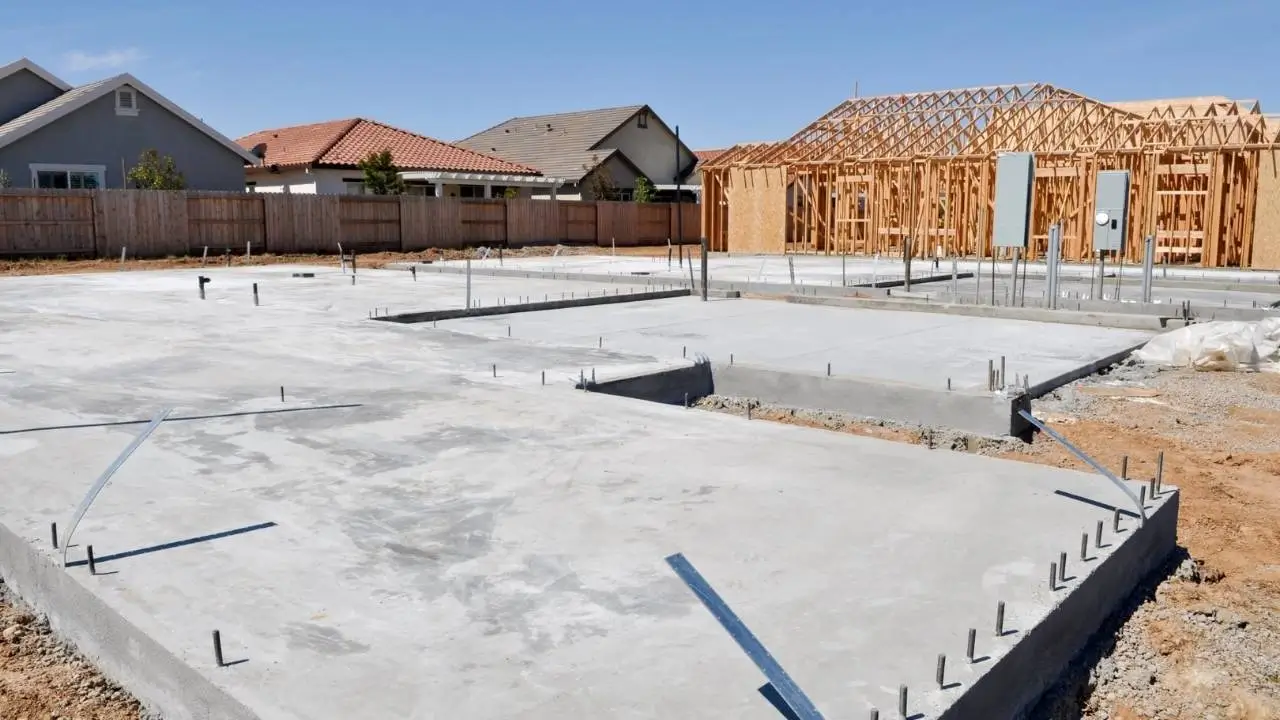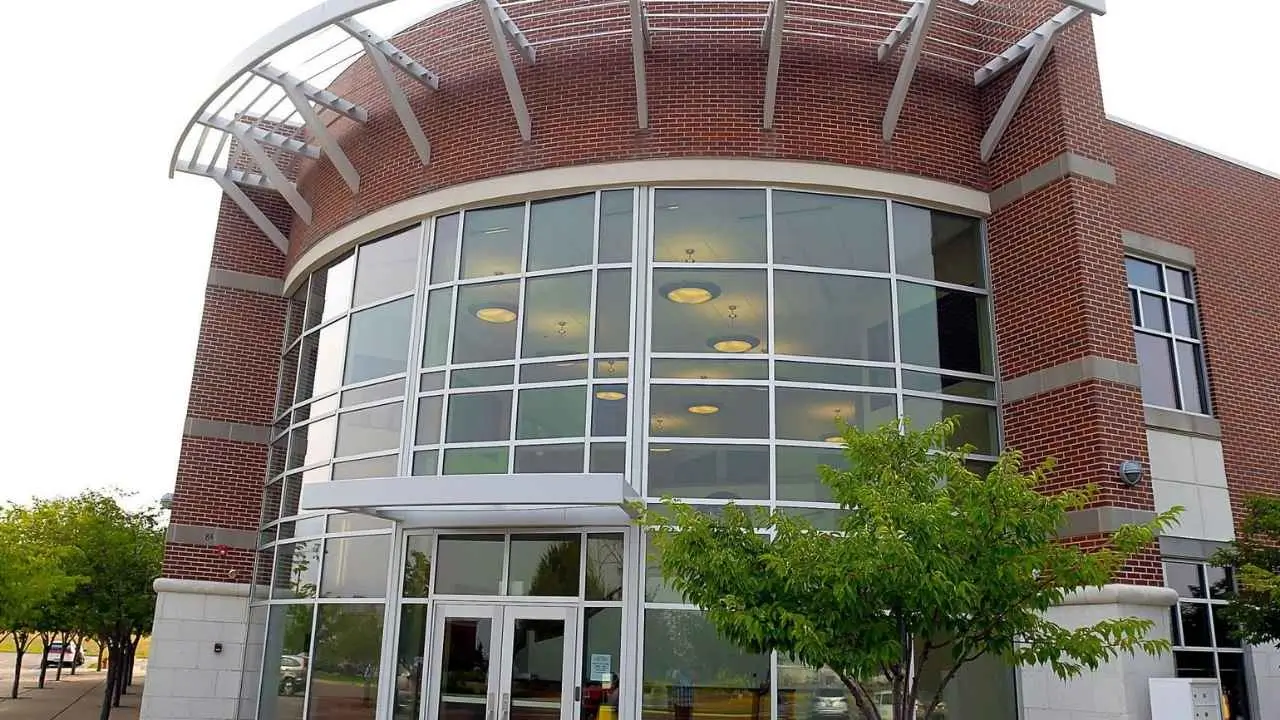Small towns across the U.S. are facing a pivotal crossroads as high-density housing projects become an increasingly popular solution to the affordable housing crisis. These developments, which include apartment complexes, mixed-use buildings, and townhomes, promise to provide more housing options in areas that traditionally have been home to single-family dwellings. However, the prospect of such rapid growth has sparked a heated debate over the impact of these changes on the character and charm of small towns.
While proponents argue that high-density development is essential to address the growing housing shortage, particularly for lower-income individuals, critics warn that it could irreparably alter the aesthetic, cultural, and social fabric of these communities. As small towns grapple with this challenge, experts, local residents, and policymakers are weighing the pros and cons of embracing such growth.

The question of whether affordable housing and high-density development will destroy the charm of small towns is complex and multifaceted. While these projects have the potential to address critical housing shortages, they also present challenges related to infrastructure, community identity, and environmental sustainability. As small towns continue to evolve, it will be crucial to find solutions that balance the needs of new residents with the preservation of the qualities that make these towns unique.
As the debate over high-density development unfolds, communities will need to engage in thoughtful discussions about the best way forward. By prioritizing smart growth, sustainable development, and community-driven decision-making, it is possible to provide more housing options while ensuring that small towns remain vibrant, livable, and true to their roots.
Understanding High-Density Development
High-density development refers to the construction of residential buildings that accommodate a higher number of people per square unit of land compared to traditional single-family homes. These developments often include multi-story apartment complexes, duplexes, and mixed-use buildings that feature both housing and commercial spaces. While they can house a large number of people in a relatively small footprint, they also present unique challenges related to infrastructure, community identity, and the environmental impact.
The rising push for these types of developments is, in part, a response to the severe shortage of affordable housing across the United States. According to the National Low Income Housing Coalition, the country is currently facing a deficit of approximately 5 million affordable rental homes, a gap that is expected to grow by 2030 if not addressed. High-density developments are seen as a viable way to meet this demand while minimizing urban sprawl and preserving rural land.
The Affordable Housing Crisis
The demand for affordable housing has reached a critical point in both urban and rural areas. In major cities, soaring housing prices have forced many low-income families to move to smaller towns in search of more affordable options. However, this influx of new residents has put pressure on these smaller communities, which are often ill-equipped to handle rapid population growth. As a result, small towns are increasingly looking toward high-density development as a potential solution.
In cities like Boise, Idaho, and Bozeman, Montana, affordable housing has become a significant issue. Property prices have skyrocketed as more people from higher-cost areas seek out the charm and slower pace of life found in these small towns. This has led to a housing crisis, especially for low-income individuals and families who are being pushed out of the market.
At the same time, the growth of remote work, which has been accelerated by the COVID-19 pandemic, has enabled many individuals to work from virtually anywhere. This has caused a shift in migration patterns, with many people relocating to small towns in search of a better quality of life. While this influx of new residents can help stimulate the local economy, it also increases pressure on already-limited housing markets. Developers are responding by proposing large-scale high-density projects that could, in theory, accommodate this growing population.
Balancing Growth and Charm
While the benefits of increasing the housing supply are clear, there is significant concern about how high-density development might impact the charm and character of small towns. Many of these communities are defined by their historic buildings, tree-lined streets, and open spaces—qualities that attract both residents and visitors. High-density housing developments, particularly those that are out of scale with their surroundings, can undermine these features and alter the town’s overall appeal.
The town of Montpelier, Vermont, for example, has implemented strict guidelines for new developments to ensure they fit within the town’s existing character. The local zoning board requires that any new construction in the downtown area adhere to the height, massing, and design of existing structures, particularly in historically significant areas. This approach is designed to ensure that growth is managed in a way that preserves the town’s unique identity while still allowing for new housing options.
Similarly, in places like Asheville, North Carolina, and Portland, Maine, residents have expressed concern that high-density housing projects will lead to the commercialization of their beloved small towns, turning them into faceless urban spaces that could lose the sense of community that makes them so attractive. “Once you lose the charm of a small town, it’s really hard to get it back,” says local business owner Carla Jensen of Asheville. “New developments can be a great solution to the housing crisis, but they need to respect what makes our town special.”
While some argue that new developments don’t necessarily have to change the character of a town, others see these projects as inevitable as the need for affordable housing continues to rise. “We have a responsibility to provide housing for everyone, including those who need it most,” says developer Michael Davis, who has worked on several high-density projects in the region. “But it’s crucial that these developments are designed with the community in mind and not just built for the sake of building.”
Economic and Social Considerations
High-density housing can bring a number of economic benefits to small towns. By increasing the population density, these developments can help support local businesses, boost property tax revenues, and create job opportunities. As more people move into these areas, demand for goods, services, and infrastructure increases, which can result in economic growth. This is particularly important for small towns that rely heavily on tourism and local commerce.
However, the economic benefits of high-density development are not without their challenges. One of the biggest concerns is the potential strain on infrastructure. As more people move into an area, the demand on local roads, schools, and utilities increases, often beyond the capacity of existing systems. For many small towns, these types of upgrades are costly and may require additional funding from local, state, or federal sources.
“Growth is great, but we need to make sure our town can handle it,” says Mayor Ethan Harper of Claremont, New Hampshire. “Our roads, schools, and hospitals weren’t built to accommodate the kind of population growth that some of these developments could bring.”
Additionally, there is concern that high-density housing could lead to the displacement of lower-income residents. As new developments increase property values in the area, long-time residents may be priced out of their homes. This phenomenon, known as gentrification, is a risk that many small towns are trying to avoid as they navigate the complexities of affordable housing development.
Environmental Impact and Sustainability
Environmental considerations are another important aspect of the high-density development debate. Proponents of high-density housing argue that these projects can be more sustainable than traditional suburban sprawl, as they make more efficient use of available land and reduce the need to develop on open spaces or agricultural land. However, critics contend that high-density housing, especially when poorly designed, can lead to environmental degradation.
For example, increased traffic and construction activities can contribute to air and water pollution, while the strain on local ecosystems from overpopulation can lead to habitat loss and reduced biodiversity. Sustainable design practices, such as energy-efficient buildings, green spaces, and improved public transportation options, are essential to mitigating these negative impacts.
“The focus should not just be on building more housing, but building it in a way that reduces our carbon footprint and protects the environment,” says Mary Alderson, an environmental policy expert at the Green Building Council. “We need to rethink how we build and ensure that we’re not compromising the natural beauty that makes small towns so attractive.”
A Way Forward: Smart Growth
To address the challenges posed by high-density housing in small towns, many experts are advocating for “smart growth” strategies. Smart growth is an approach to urban development that seeks to balance population growth with environmental protection, economic vitality, and the preservation of community identity.
This approach emphasizes walkability, mixed-use zoning, and transportation-oriented development that encourages the use of public transit and reduces reliance on cars. It also promotes the integration of green spaces and sustainable building practices that minimize environmental impact.
Several small towns across the country are already adopting smart growth principles in their planning processes. By prioritizing density near transportation hubs and encouraging the development of affordable, sustainable housing, these towns aim to accommodate growth without sacrificing their charm or environmental integrity.
Understanding Impact Fees: Where Your Money Goes When a New Home is Built in Cache County
FAQs About High-Density Development
Q: What is the affordable housing crisis in small towns?
The affordable housing crisis refers to the shortage of low-income housing in many small towns, which has been exacerbated by rising property prices and increased demand from people moving to these areas in search of affordable living options.
Q: Can small towns preserve their charm with high-density development?
Yes, small towns can preserve their charm through thoughtful design and planning that integrates new housing with the existing community fabric, as well as through smart growth policies that balance growth with preservation.

















